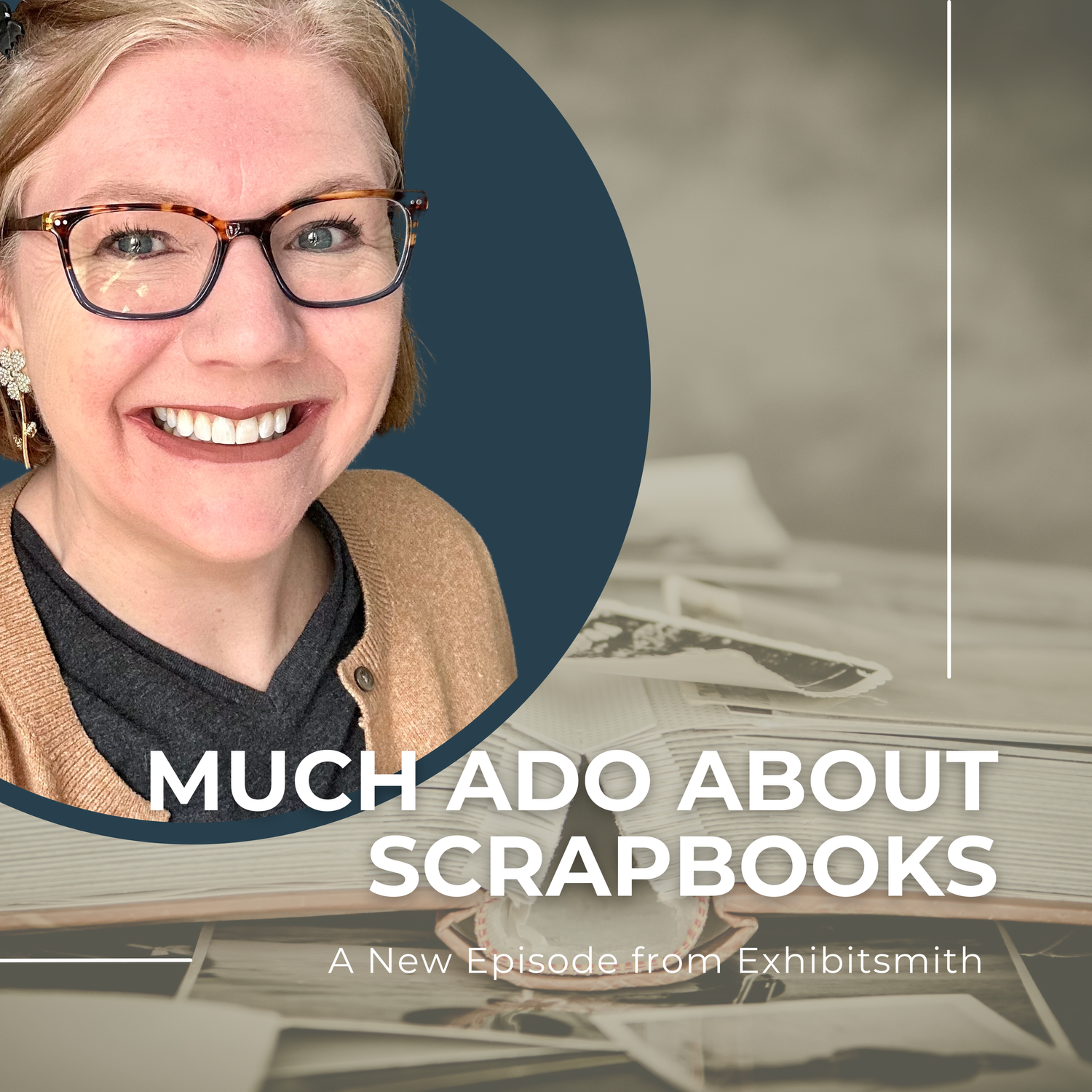
Rethinking Scrapbooks (Much Ado About Scrapbooks)
Much ado about scrapbooks. Am I right? Anyone who has an old or aging scrapbook in their life knows what I'm talking about. The tape is brittle, the glue has stained everything. The pages are yellowed, made from acidic paper. If you try to peel off a photo, you’re left with a torn page, and the back of the photos is a mess. Things like newsprint - are a lost cause. They have become one with the album. There is no easy way out. Could it get any worse?!

